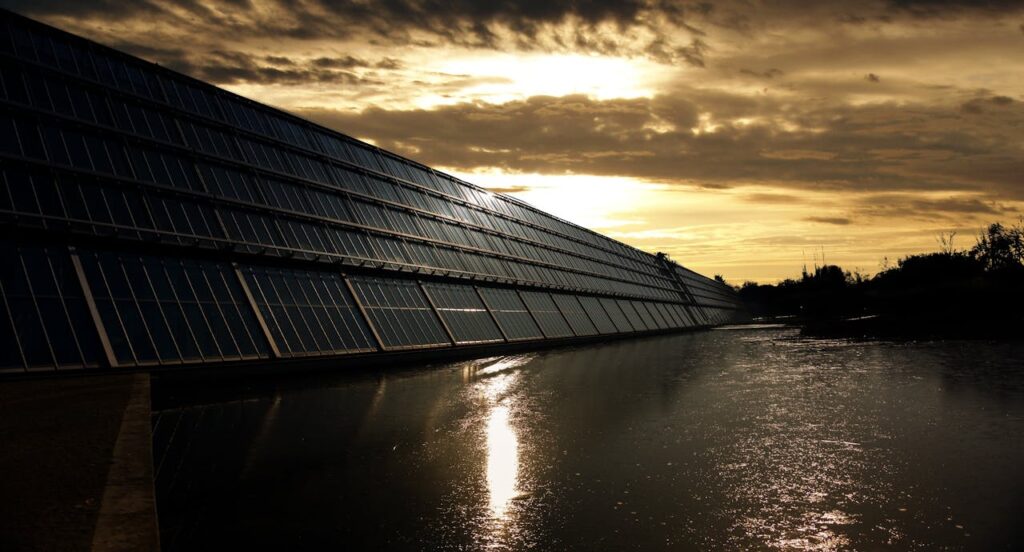A recent study by the National Renewable Energy Laboratory (NREL) highlights the significant potential of installing floating solar panels on federally managed reservoirs across the United States.
By analyzing factors such as water depth and temperature, researchers have identified that these bodies of water could support up to 77,000 megawatts of solar capacity.
This capacity translates to approximately 1,476 terawatt-hours of electricity annually, enough to power around 100 million homes. While this represents the maximum technical potential, even harnessing a fraction of this capacity could substantially contribute to the nation’s renewable energy objectives.
Floating solar installations offer several advantages. They generate electricity without occupying valuable land resources and can reduce water evaporation by shading the reservoir surface. Despite these benefits, the U.S. currently lacks large-scale floating solar projects.
The study also notes that certain reservoirs, particularly those used for hydropower, could be ideal candidates for floating solar systems. Combining solar and hydropower could provide a more resilient and reliable energy supply, especially during periods of drought when water levels are low.
How Do Floating Solar Panels Operate?
Floating solar panels—also known as floating photovoltaic systems (FPV)—operate much like traditional solar panels but are mounted on platforms that float on bodies of water, such as reservoirs, lakes, or ponds. Here’s how they work:
1. Floating Structure
The solar panels are installed on buoyant platforms made from durable, water-resistant materials (typically high-density polyethylene). These floats keep the panels above water while maintaining stability in varying weather conditions.
2. Photovoltaic Technology
The panels themselves use standard photovoltaic (PV) cells that convert sunlight to generate power. The key difference is their environment—they’re installed over water instead of rooftops or land.
3. Anchoring and Mooring
To keep the floating array in place, the structure is anchored to the bottom of the water body or moored to the shoreline. This prevents drifting due to wind or water movement.
4. Electrical Cabling
Underwater or floating cables transmit the electricity produced to inverters onshore. From there, the power is either fed into the grid, stored in solar battery storage, or used on-site.
5. Cooling Effect for Efficiency
Water has a natural cooling effect, which helps lower the temperature of the panels. This can improve solar panel efficiency, as panels tend to produce more power at lower temperatures.
6. Integration With Other Systems
Floating solar is often paired with hydropower systems or used on man-made reservoirs near power plants. This setup allows for shared infrastructure and helps in balancing electricity generation.
Future Research For Floating Solar Farms
Future research aims to assess the impact of floating solar installations on local ecosystems and recreational activities. By addressing these considerations, floating solar technology could play a pivotal role in advancing the United States’ transition to sustainable energy sources.

